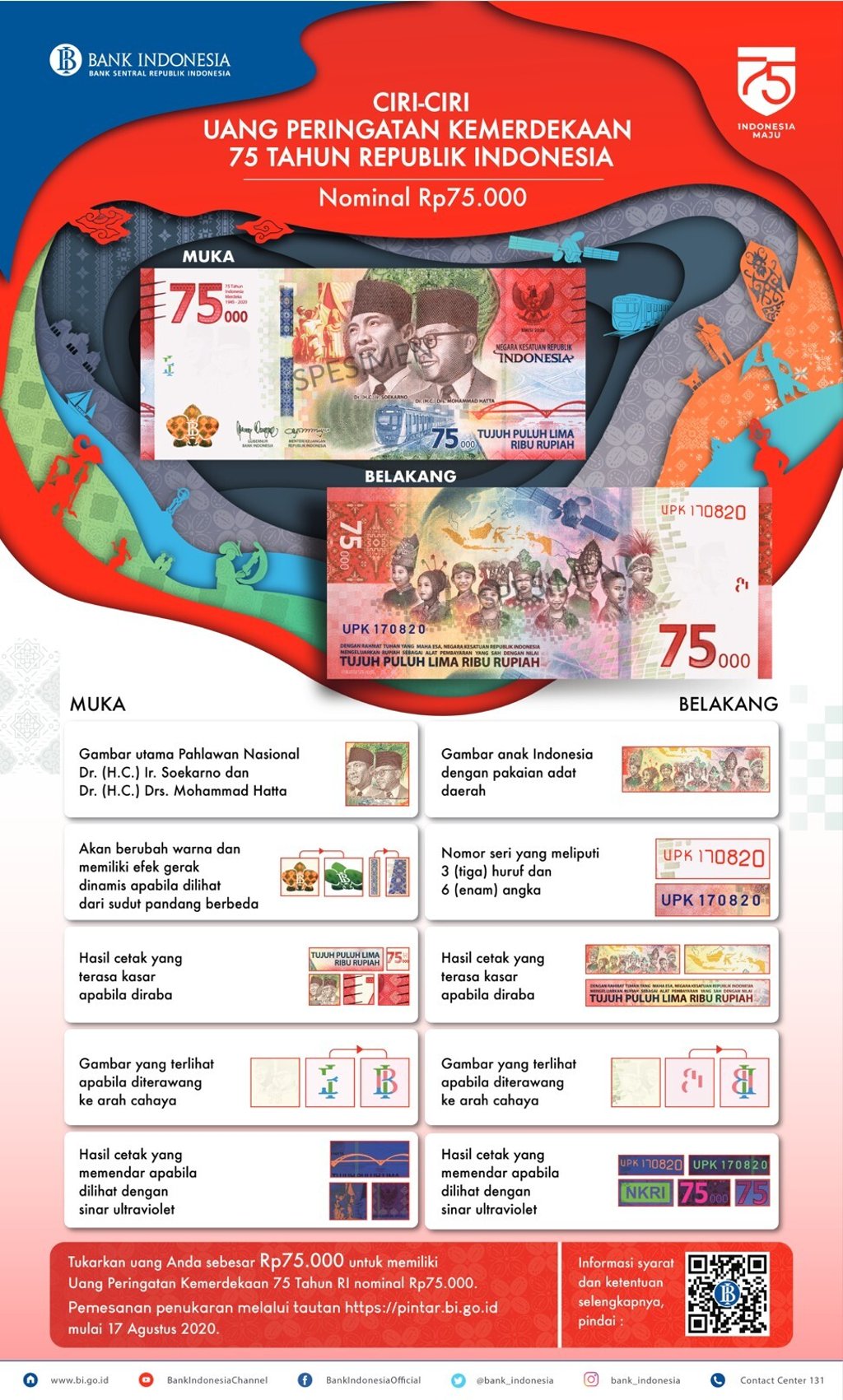Indonesia’s new 75,000-rupiah banknote coins another anti-China hoax
- The note, featuring children in traditional costume, was launched to commemorate the 75th anniversary of Indonesia’s independence
- But some social media users falsely claimed one of them was actually wearing a Chinese outfit, in the latest episode of disinformation targeting Beijing and the country’s ethnic Chinese minority

The new note featured children from nine of Indonesia’s 34 provinces in traditional outfits. But one child – who wore a costume from the Tidung tribe in North Kalimantan province, which borders Malaysia – was singled out, with netizens sharing posts on Facebook and Twitter that claimed he was actually wearing a traditional Chinese outfit.
An Indonesian who believed in the hoax wrote on Twitter that “it is proven Indonesia is China’s colony”, while another user on the same platform asked how long it would take for the Southeast Asian nation’s banknotes to feature pictures of Chinese lion dances and deities.
However, there were many who pushed back against the hoax. One of them said those who had fallen for it were “blind to Indonesia’s culture”, while another asked whether Indonesians had such little knowledge of the country’s traditional clothes.
Marlison Hakim, head of Bank Indonesia’s currency management department, on Monday said the move to feature the children was an attempt to “emphasise the diversity which is an asset for the Indonesian nation”, as those nine provinces had not been featured on previous banknotes.
After the hoax went viral, local network Kompas TV aired an interview with the junior school student, who said he had worn a Tidung traditional costume and felt happy his photo had been widely shared on social media.
The incident is the latest example of online disinformation aimed at stoking religious and ethnic tensions in the Muslim-majority country of more than 270 million, where more than half the population is under the age of 30. They are frequent social media users – according to Statista, the country had around 140 million Facebook users as of July, and more than 80 per cent WhatsApp penetration, trends that accelerated the spread of fake news.
